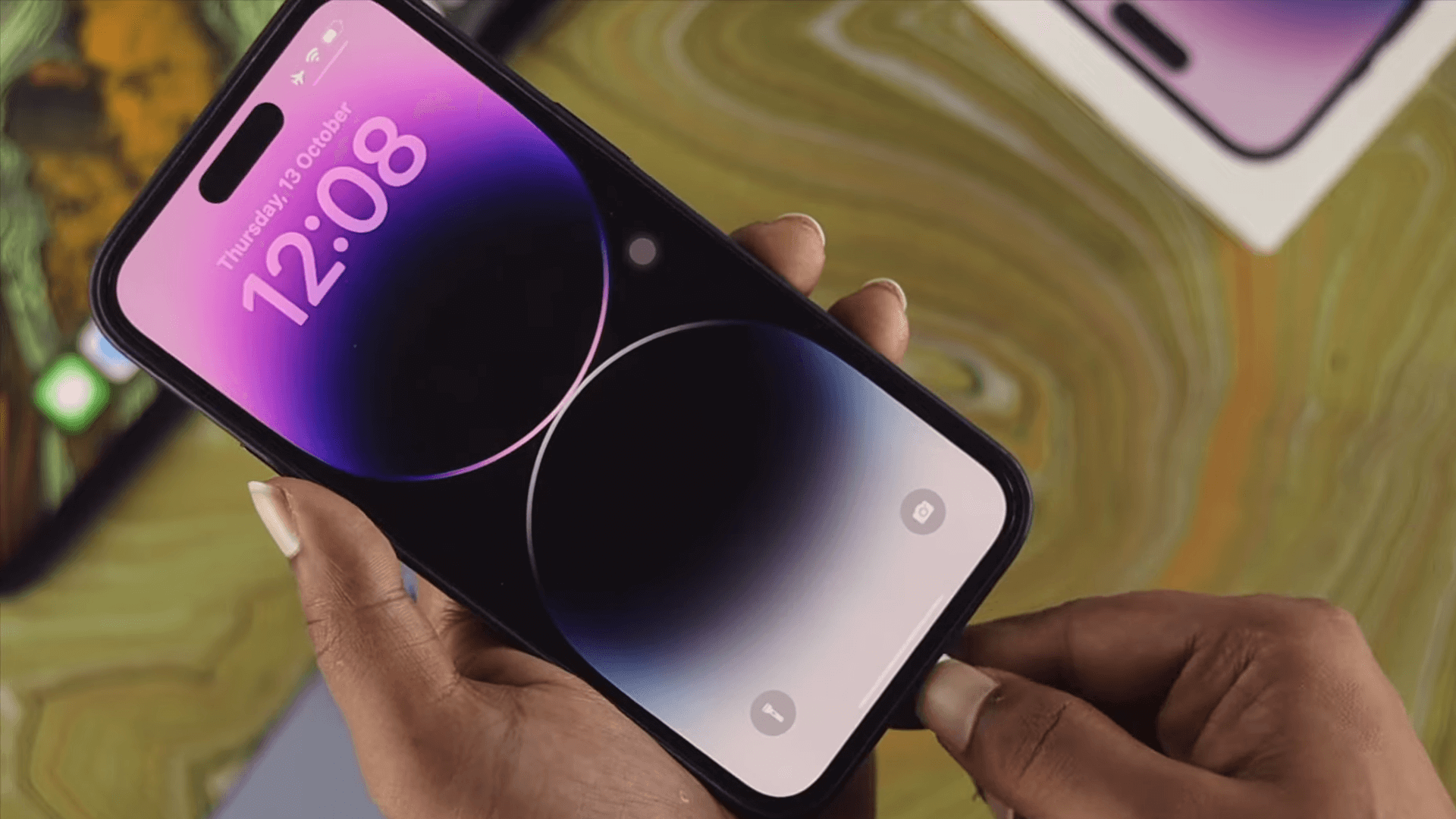In today’s digital world of Singapore, mobile applications are more than just a trend; they are a necessity. From shopping to socializing, mobile apps have become integral in our daily routines. An ever-growing need for creative and effective applications results from this increased dependency. Understanding the mobile app development process is crucial for anyone venturing into this dynamic field.
Choosing the Development Approach
Before diving into development, it’s crucial to decide on the approach. This decision will shape your entire project. These are the main approaches IT software companies in Singapore utilize:
- Native Apps: These are designed specifically for one platform, like iOS or Android. They offer excellent performance and a superior user experience. Nevertheless, they necessitate distinct programming work for every platform.
- Cross-Platform Apps: These cross-platform applications are created using a single codebase. This method is both time- and money-efficient.
- Hybrid Apps: Hybrid apps blend elements of both native and web apps. They are quicker to develop but might face some performance challenges.
- Progressive Web Apps (PWAs): PWAs offer a native-like experience but run through a web browser. Compared to conventional web apps, they are renowned for having more user engagement and superior performance.
Product Discovery Process
Arguably the most critical phase in app development is the product discovery process. This stage lays the foundation of your app, encompassing its core idea and philosophy. Let’s break down this phase into simpler components:
- Identify Objectives: Clearly defining your app’s goals is essential. These objectives should be specific, measurable, and align with your overall strategy. They guide the development team and help prioritize tasks.
- Choose Your Platform: Deciding between Android, iOS, or a cross-platform approach depends on several factors. These include your target audience’s preferences, budget, desired app functionalities, and each platform’s guidelines and restrictions.
- Choose Monetization Method: How will your app generate revenue? This strategy is vital for sustaining your app’s development and operation. It also sets clear expectations for your users.
- Analyze the Market and Research Competitors: Understanding the market and your competitors is invaluable. It helps in identifying user needs, staying abreast of market trends, and analyzing competitors’ strategies. This knowledge aids in creating a unique value proposition for your app and mitigating potential risks.
- Functional and Non-Functional Requirements: These are the features and technical aspects that your app must have. Functional requirements are about what the app does – like user authentication or payment integration. Non-functional requirements focus on how the app works – like its performance, security, and usability.
- Product Roadmap: This is a strategic document outlining the direction, goals, and priorities of your app over time. It includes a timeline for releasing various features and functionalities.
- Technology Stack: It is essential to select the appropriate set of programming languages, frameworks, and tools. This choice affects the app’s upkeep, scalability, and performance.
Identifying Objectives: Laying the Foundation for Success
In the journey of mobile app development, setting clear objectives is like planting a flag on your destination hill. These goals act as a compass, guiding every decision and step in the development process. Let’s explore why and how you can identify these vital milestones.
- Understanding Objectives
- Objectives are specific targets, each a stepping stone towards achieving your app’s ultimate goal. They are measurable and time-bound, ensuring your team stays on track.
- Importance of Objectives
- Having well-defined objectives means everyone involved is rowing in the same direction. It aligns your team’s efforts, optimizes resource allocation, and helps in prioritizing development tasks.
- Setting Objectives
- Start by asking key questions: What problem does the app solve? For whom is it intended? How distinctive is it? The answers will shape your objectives, whether it’s enhancing user experience, reaching a specific sales target, or achieving a certain download number.
Choosing the Right Platform: A Strategic Decision
- Factors to Consider
- Audience Preference: Research your target users. Which platform do they use most?
- Budget and Resources: Consider your resources. Developing for both platforms might strain your budget.
- App Features and Functionality: Ensure the platform supports your app’s intended features.
- Platform Guidelines: Familiarize yourself with each platform’s rules and restrictions.
- Making the Choice
- Assess your findings and choose the platform that aligns best with your app’s goals and audience needs.
Choosing a Monetization Model: Fueling Your App’s Success
Your app’s monetization strategy is not just about making money; it’s about sustainability and user experience.
- Why It Matters
- Revenue Generation: A monetization model helps cover development costs and generate profits.
- User Expectations: Users appreciate knowing upfront if they need to pay and what they get in return.
- Competitive Advantage: The right model can set your app apart in the crowded app marketplace.
- Scalability and Investor Interest: A clear monetization strategy aids in planning for growth and attracting investors.
- Choosing a Model
- Assess your app’s purpose, target audience, and market trends to select a model that fits best, be it in-app purchases, subscriptions, or ad-based revenue.
Market and Competitor Analysis: Navigating the Competitive Waters
In a sea of apps, understanding the market and your competition is crucial for a software development company Singapore.
- Benefits of Market Research
- User Needs Identification: Find gaps in the market that your app can fill.
- Understanding Market Trends: Stay current and relevant.
- Competitor Strategy Analysis: Learn from others’ strengths and weaknesses.
- Unique Value Proposition Development: Differentiate your app in the marketplace.
- Risk Mitigation: Foresee and prepare for potential challenges.
- Conducting the Analysis
- Dive deep into market reports, user reviews, and competitor apps. Understand what works, what doesn’t, and where your app can shine.
Defining Functional and Non-Functional Requirements: Crafting Your App’s Backbone
Your app’s success hinges on two types of requirements: functional (what the app does) and non-functional (how the app performs).
- Functional Requirements
- They define the core activities of your app, like user authentication, navigation, and notifications.
- Prioritize these based on their importance to your app’s main features.
- Non-Functional Requirements
- These include the app’s technical aspects, like performance, security, and usability.
- Focus on these to ensure a quality user experience and app reliability.
- Balancing Both
- A successful app balances functional and non-functional requirements, meeting user needs while being technically sound.
Product Roadmap: Steering Your App Towards Success
A product roadmap is your mobile app’s compass, guiding it through the journey from a mere concept to a robust, market-ready product. It’s a strategic document that outlines your app’s direction, goals, and priorities over a specified period. Here’s what a comprehensive roadmap IT software companies in Singapore encompass:
- Objectives: These are specific, measurable, and time-bound targets. They’re critical milestones for your app’s success.
- Themes: These broad categories describe how your efforts support your objectives. They show how features contribute to your overall strategy.
- Product Releases: These are the launch dates of new functionalities, usually involving multiple features.
- Epics: Larger work bodies spanning multiple releases. They’re divided into smaller milestones delivered over time.
- Features: These are the specific new or improved functionalities of your app.
- Timeline: A schematic representation of product release dates. It can be set to days, months, or quarters, depending on the project’s scale.
With a well-crafted roadmap, you align your team’s efforts with your app’s strategic goals, ensuring everyone is moving in the same direction.
Technology Stack: Choosing the Right Tools
Here are key considerations for selecting the right technology stack:
- Platform: Your technology choice depends on whether you’re targeting iOS, Android, or both. For iOS, Swift is the go-to language. For Android, Java and Kotlin are popular choices. For cross-platform development, frameworks like React Native and Flutter are widely used.
- Flexibility and Support: Choose technologies that offer flexibility and have strong community support.
- Performance Needs: Consider the performance requirements of your app and select a stack that can deliver.
Conception: From Idea to Blueprint
This stage is where your app starts taking shape. Begin by brainstorming and refining your app ideas. Do an in-depth market study to comprehend your target market and rivals. This phase sets the foundation for your app’s success.
Planning Phase: Laying the Groundwork
In the planning phase, you’ll create storyboards and wireframes with a software development company in Singapore, which are like blueprints for your app. They help visualize the app’s layout and flow. This phase also involves a technical feasibility assessment to ensure your app idea is viable and can be developed with the chosen technology stack.
Design Stage: Crafting the User Experience
Now, let’s dive into the design stage, where your app starts to come alive visually and interactively.
- User Interface (UI) Design: This is about creating an appealing and intuitive visual layout. It’s where you choose colors, fonts, and icons, ensuring your app is not only functional but also visually engaging.
- User Experience (UX) Design: This focuses on the app’s usability. It’s about making the app easy and enjoyable to use. A good UX design ensures users can navigate through the app smoothly and find what they need without frustration.
- Prototyping: It simulates making a miniature version of your application. Before beginning a large-scale project, prototyping enables you to test design concepts, get user input, and make adjustments.
You can make sure your app not only looks fantastic but also gives customers a seamless, delightful experience by carefully designing and prototyping it.
Read More – Angular HTTP Interceptors and How to Use Them
Development and Iteration
Turning Plans into Reality
The journey from concept to a functional app is thrilling. It starts with coding, the heart of development. Here, the app’s features and functionalities come to life. Adhering to an agile methodology is crucial as it is a flexible strategy that facilitates ongoing enhancement. Building, testing, and adjusting as you go are crucial.
Listening to Users
A crucial part of this phase is integrating user feedback. It’s not just about what we think is best, but what users actually need and want. Regular testing with real users helps identify areas for improvement, ensuring the app resonates with its audience.
Quality Assurance and Testing: Ensuring Excellence
Quality assurance is not just a step; it’s an ongoing commitment. Various testing methods like functional, performance, and security testing ensure the app runs smoothly. This phase is about finding and fixing bugs to optimize performance and enhance user experience.
Launch and Deployment: The Big Moment
Launching an app is exciting. It involves final preparations and ensuring compliance with app store guidelines. But it’s not just about technical readiness. A strong marketing strategy plays a vital role in reaching the target audience effectively.
Post-Launch Activities: Keeping the Momentum
After launch, the work isn’t over. Monitoring the app’s performance and user engagement is crucial. Regular updates not only fix bugs but also introduce new features, keeping the app fresh and relevant. Providing robust user support is key to maintaining a loyal user base.
Scaling and Future Growth: Evolving for Tomorrow
An app’s launch is just the beginning of its journey. Analyzing feedback is critical for continuous improvement. Scaling the app means expanding features and capabilities as the user base grows. Planning for long-term growth involves staying adaptable and responsive to changing user needs and market trends.



